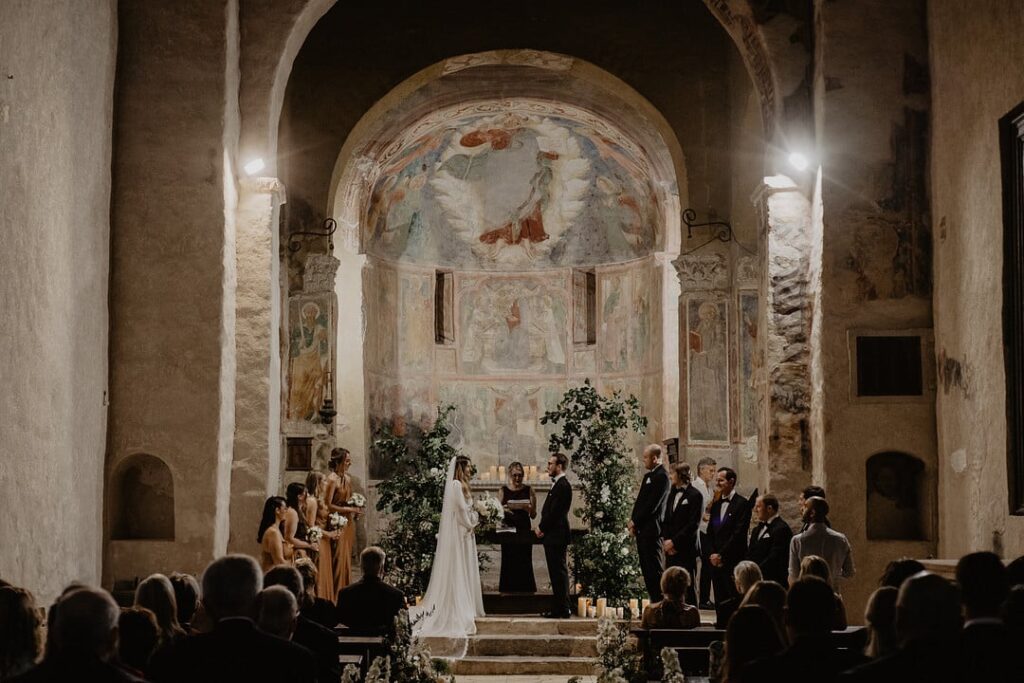Into the Light: Lighting Techniques Every Photographer Needs to Know
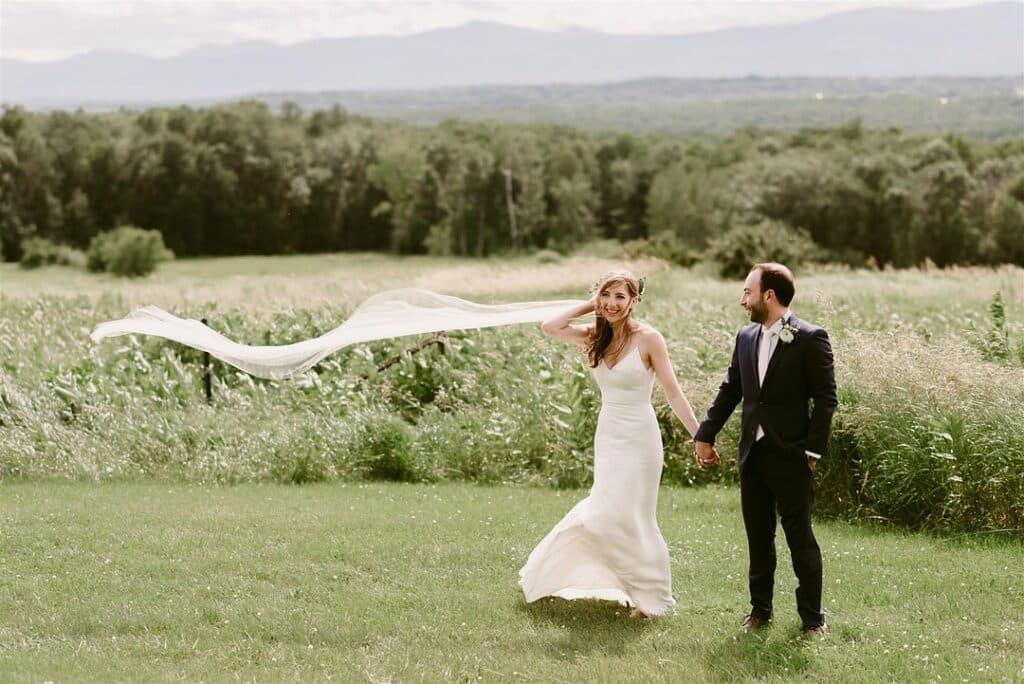
Ever wonder why “photography” literally means “to draw with light”? That’s because harnessing it like a pro is our not-so-secret superpower as photographers. All Greek to you? No worries! Let’s break down three essential techniques to help you hone your craft and have you bending light like a pro at your next shoot—in no time.
Build a Beautiful Business.
Lighting is Your Superpower!
Have you ever scouted a dreamy location for those glorious, ’Gram-worthy rays, only to roll up on shoot day and find the sun gods had other plans? Yup, me too—and I think we can all agree that it’s no fun. Suddenly, that once-radiant stream of light you were counting on for the perfect shot is totally MIA, leaving you with less-than-ideal conditions to work your photo magic. It’s a *total* letdown—especially when you were banking on those golden beams to light up every perfect angle of your setup.
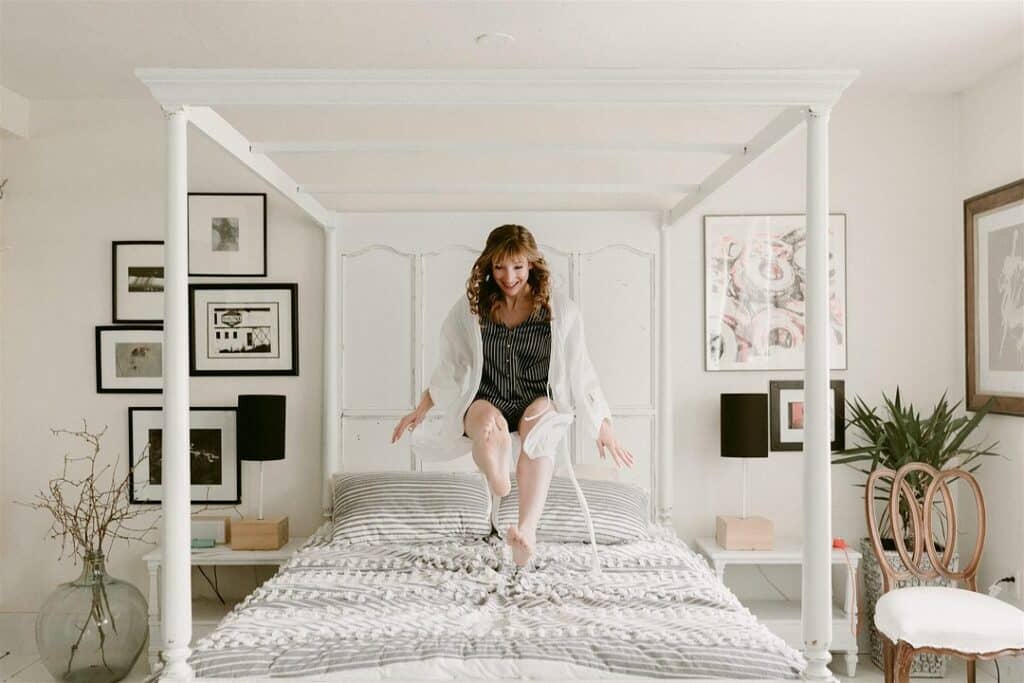
But fret not, friend—hiccups like these are totally figure-out-able with a little lighting knowledge on your side! And once you’ve learned how to bend light to your will, you’ll never let a stubborn rain cloud steal your sunshine again.
First, You Need to Understand How Light Behaves
Before we can make the most of the universal light available to us, it’s important to *first* understand how it behaves from sunup to sundown. Think of this as a little science experiment: track how shadows and color temperatures evolve as the sun’s angle and intensity shift throughout the day.
For example, you’ll notice a warm, golden glow in the early morning hours, while the light takes on a cooler, more diffused quality just before sunset. Once you understand how these changes shape the look and feel of your images, you’ll know exactly how to craft the perfect mood in every shot.
Natural light, your constant companion
Our first stop on this lighting adventure is a fan favorite for us photogs. Yup, you guessed it—we’re talking about natural (or “available”) light!

The beauty of this form of lighting lies in its very name: it occurs naturally, courtesy of the sun, making it the most accessible and convenient source around. Make no mistake, though—just because it’s easy to access and feels beautifully effortless doesn’t mean it can’t be incredibly powerful when used strategically.
Golden hour glow
If a dreamy, soft glow is what you’re after (cue Golden by Harry Styles), plan your shoot for golden hour—the magical window of time just after sunrise or right before sunset. During these highly coveted hours, the sun sits low on the horizon, bathing everything in rich, golden hues and casting soft, flattering shadows that seem to paint everyone in their best light—pun fully intended! Whether you’re capturing intimate portraits, breathtaking landscapes, or group shots with your besties, golden hour adds that romantic, ethereal quality we photographers simply can’t resist.
(Window) lighting like the Old Masters
But natural light isn’t limited to just outdoor shoots—let’s take a cue from the Old Masters and head indoors for a classic setup. While Vermeer and Rembrandt didn’t exactly invent window lighting, they became legendary for using it to create depth, dimension, and, yes, *all* the drama in their work.
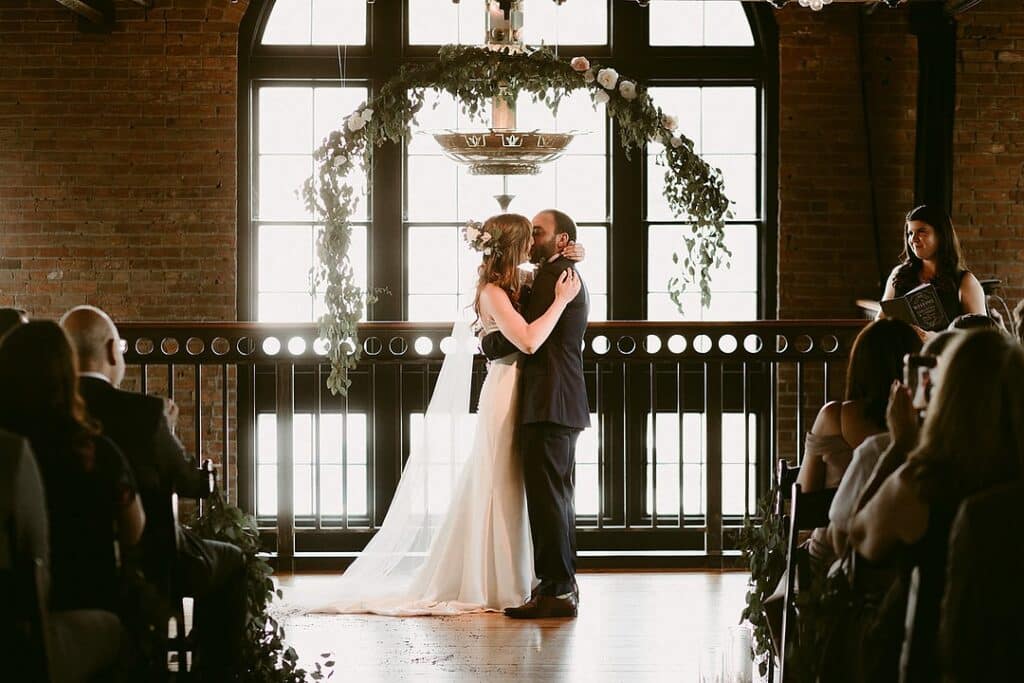
Think of timeless masterpieces like The Girl with the Pearl Earring or The Night Watch, where the light seems to fall effortlessly across their subjects, adding a breathtaking sense of realism and emotion—an effect that continues to inspire portrait photographers today!
Get clients. Get paid. Get happy.
To channel that same timeless feel in your images, start by positioning your subject near a window and look for soft, diffused light streaming in. Early morning or late afternoon tends to deliver the best light quality, but you can always get extra creative with curtains or sheer fabrics to tame any harsh rays and cast softer, more flattering shadows.
| #ShootProofPro-tip: To dispel unwanted shadows, use a white reflector to bounce natural light back onto your subject. No reflector? No problem—a simple white poster board works beautifully, too! |
Feeling inspired to go full-on Vermeer? Spend some time experimenting with angles to achieve that signature chiaroscuro effect—where a bold interplay of light and shadow brings instant depth, intrigue, and the perfect touch of Renaissance drama to your images.
Harsh lighting: taming the beast
Direct (or harsh) lighting has long gotten a bad rap among photographers for its strong rays and unforgiving shadows. When used creatively, though? You’ve got a *fantastic* tool on your hands for capturing bold, dramatic images that truly wow. Is it kinda tricky to master?
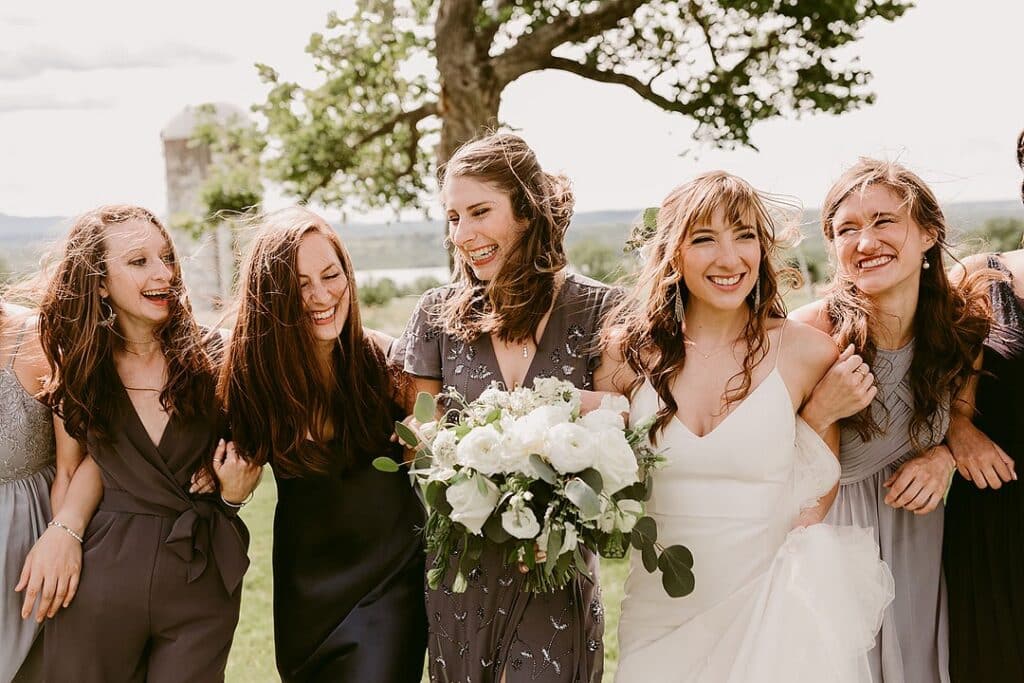
We won’t deny that, but once you learn to reel it in—the sky’s the limit on what and how you can create!
Tricks to Try with Lighting
The first thing harsh lighting is *notorious* for? Throwing unflattering shadows into your shot and blowing out highlights faster than you can say “overexposed.” Yeah…no bueno. This scenario is especially challenging for portraits, where uneven light can pull the focus off of your subject and draw the eye in other directions.
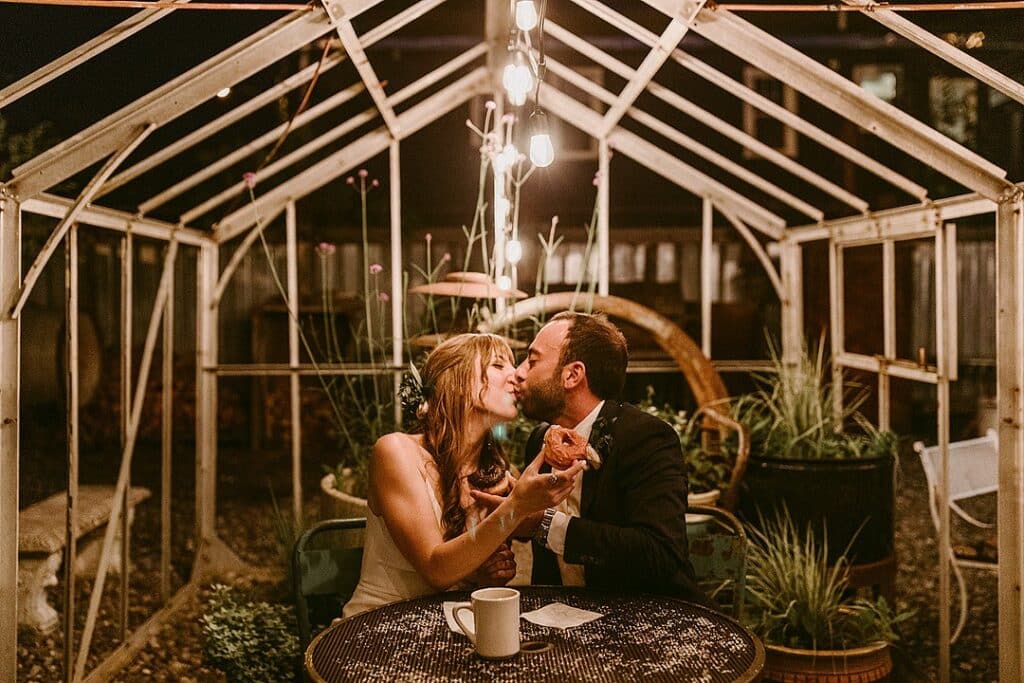
To combat this, consider positioning your subject directly against your light source to create a halo-like glow—or, in technical terms, a silhouette. This is not only perfect if you’re trying to achieve a dark and moody vibe, but the backlighting will also soften the appearance of the skin. Win-win!
Embracing the shadows
On the other hand, harsh lighting *can* create deeply impactful storytelling images, and the key to maximizing it lies in employing it strategically. A great example of this is manipulating shadows for dramatic effect using a fun, creative tool often referred to as “shadow-play.” To bring this technique to life, you might have a model peek through greenery as the sun casts gorgeous shadows from above, resulting in creative patterns across her face. If you find that the lighting is still too strong after some tweaking, it’s an easy fix! Pull your subject into a shaded spot and pop in a reflector for more control. This totally translates to a studio setting, too!
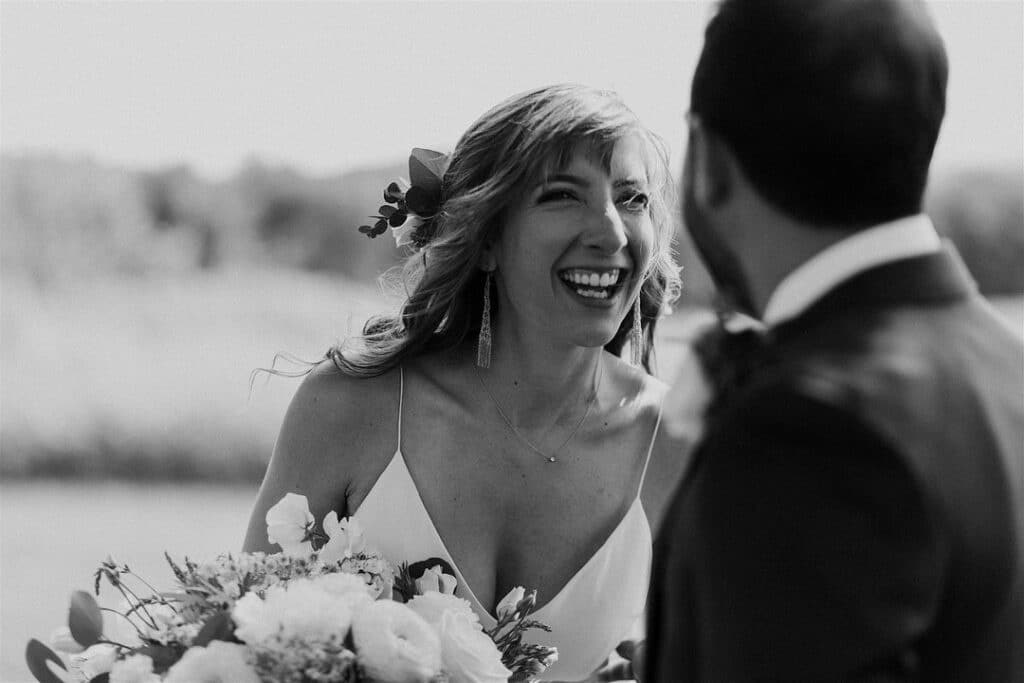
When working indoors, call on the help of a gobo (circular discs that mount onto studio lights and project patterns or images) to replicate this same idea. The only caveat when using hard light is that you’ll likely have to do some retouching on the skin. But, hey—nothing a little Photoshop magic can’t fix!
Now that we’ve mastered the art of working with harsh light, let’s turn up the drama even more, shall we?
Dramatic Lighting: Make a Statement
This final lighting method brings all the spectacle, so the fact that it’s a favored style among high-fashion photoshoots on Vogue covers and the Hollywood productions hitting our screens comes as no surprise. Of course, we’re talking about none other than dramatic lighting, which also goes by the name of “low-key lighting.”
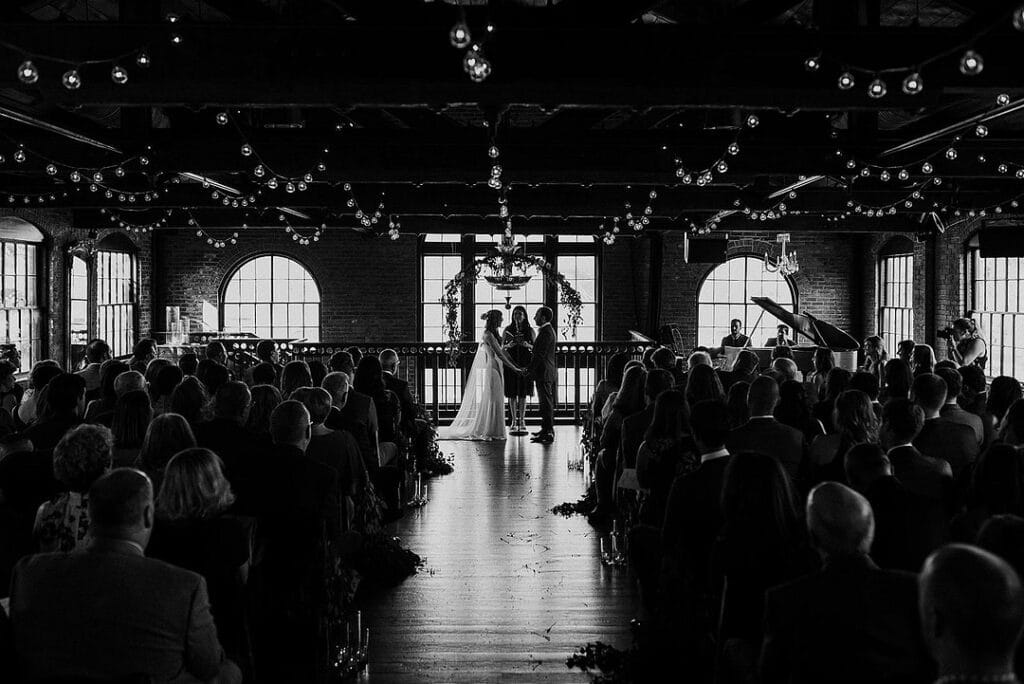
A defining hallmark of this look? Its overall contrast (yup, chiaroscuro!) between light and dark tones. Now, you might be thinking that this sounds quite similar to our aforementioned friend, hard light—and you’re not incorrect. The difference here, though? Low-key lighting can be either hard or soft as it generally refers to the level of contrast in an image. If we want to get really technical, we’re specifically talking contrast between light and dark areas in a given scene—not quality of light.
This is how to get gorgeous wedding photography lighting every time!
The ultimate mood-maker
Dramatic lighting is nothing if not vibey and there are endless ways to put it to work in your images! Because by nature it amps up mood, emotion, and intensity, it’s the perfect setup for photography projects where you want to channel an edgy editorial look.

For example, you might incorporate dramatic side lighting to sculpt your subject’s features during a portrait session or experiment with split lighting to create that perfect dance of light and shadow across their face. For wedding photographers, this technique can come in handy during reception dances or those intimate getting-ready moments where you want to turn up the emotion. And my product photography peeps? You’re not left out on this one! A dramatic lighting setup can instantly transform even the simplest object into a scroll-stopping work of art.
If you want to get even funkier with it, consider adding modifiers like gels, prisms, or colored lights as additional storytelling layers! Blue and red is a classic cinematic combo, but don’t be afraid to play around with your own innovative color stories. You can accomplish your color-grading in-studio by employing gels or wait to work your magic in post-production—either way, these dramatic lighting edits give that extra oomph that transforms a good photo into an unforgettable one.
Light on!
From natural to harsh to dramatic lighting, you’ve now got a full toolkit of techniques at the ready for your next shoot! Remember: mastering light isn’t merely a matter of technical know-how—it’s about letting your creativity take the driver’s seat and giving you complete control over your craft.
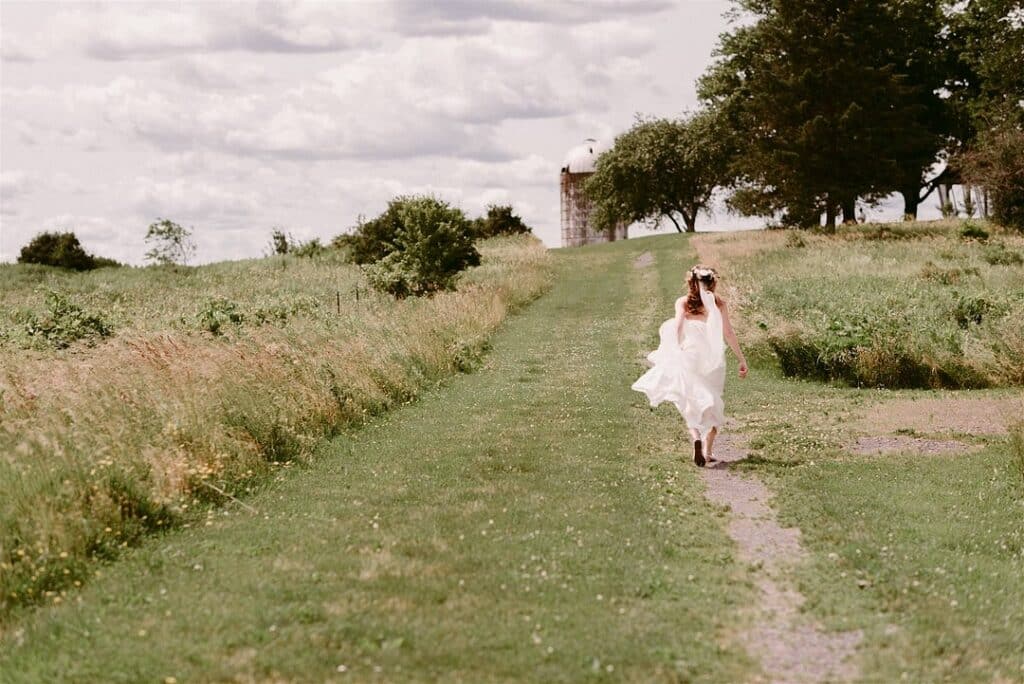
Now get out there and show that light who’s boss, fellow light chasers! We’d love to see your light-bending magic in action—tag us @shootproof on Instagram and show us how you harness the power of light.
Start your free trial with ShootProof
Stunning Photos by Maren Kathleen Photography


